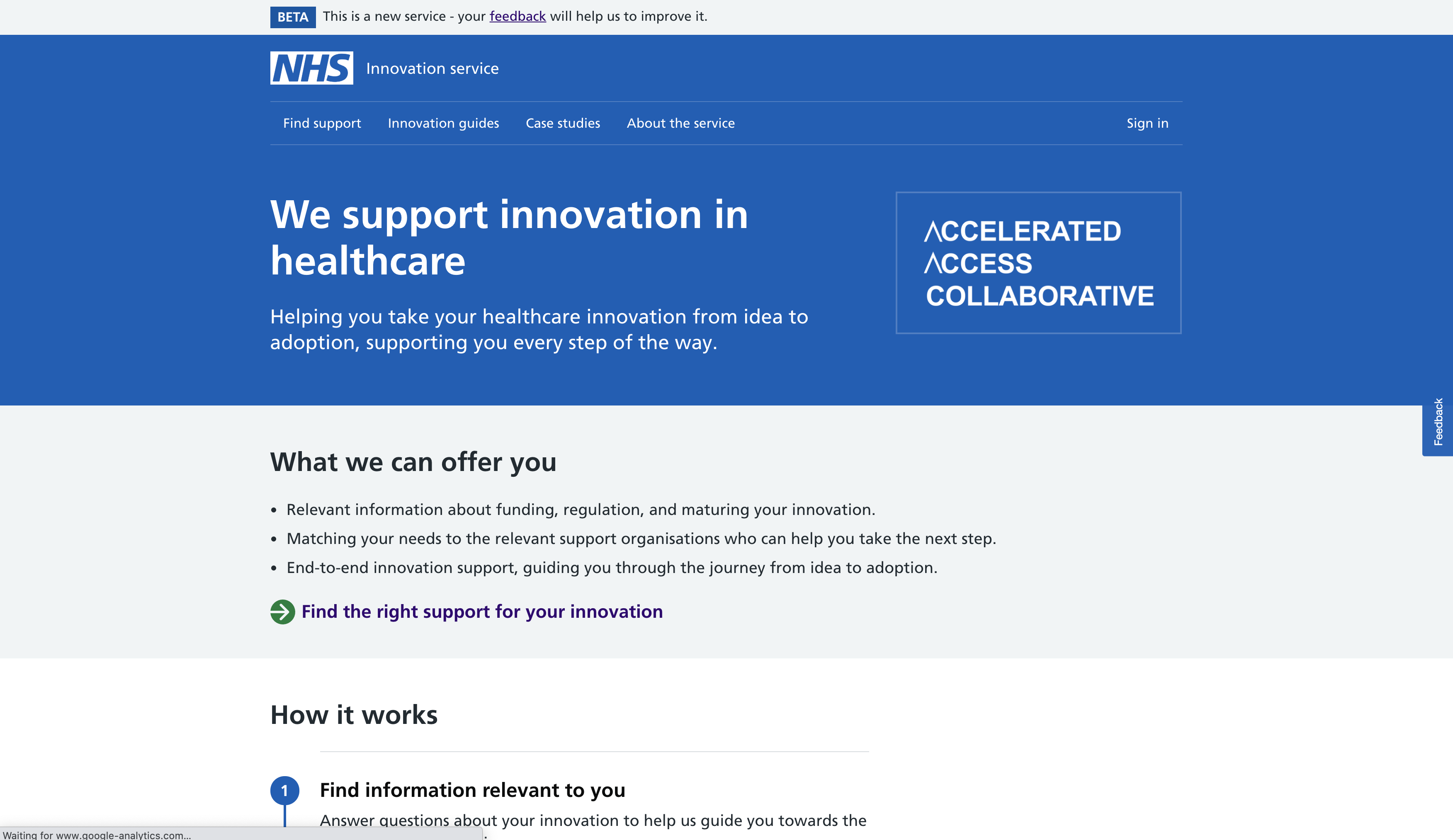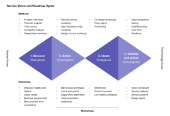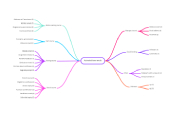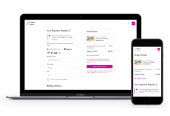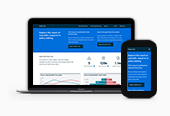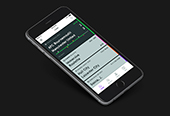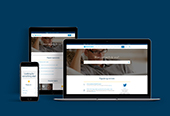Optimising the email ecosystem at FutureLearn
FutureLearn is an online education platform founded in 2012 by The Open University. The platform offers short courses, programs, and university degrees on a wide range of topics.
The challenge
User research identified that some of the emails sent were overwhelming, time-consuming, and sometimes irrelevant for some learners. Emails are sent before, during, and after the course, and are designed to provide information about the courses they are enrolled in and remind them about the milestones. We were asked to suggest improvements to the email ecosystem across all the stages of the learning experience.
Service design – Pedro Falcao & Devni Liyanage; UX Research – Elizabeth Valentine-House


01. Mapping the email ecosystem
We started by structuring, organising, and labeling all the emails sent by FutureLearn. We listed the emails sent before, during, and after the course, plus the emails related to other categories such as managing accounts, social learning, and others.
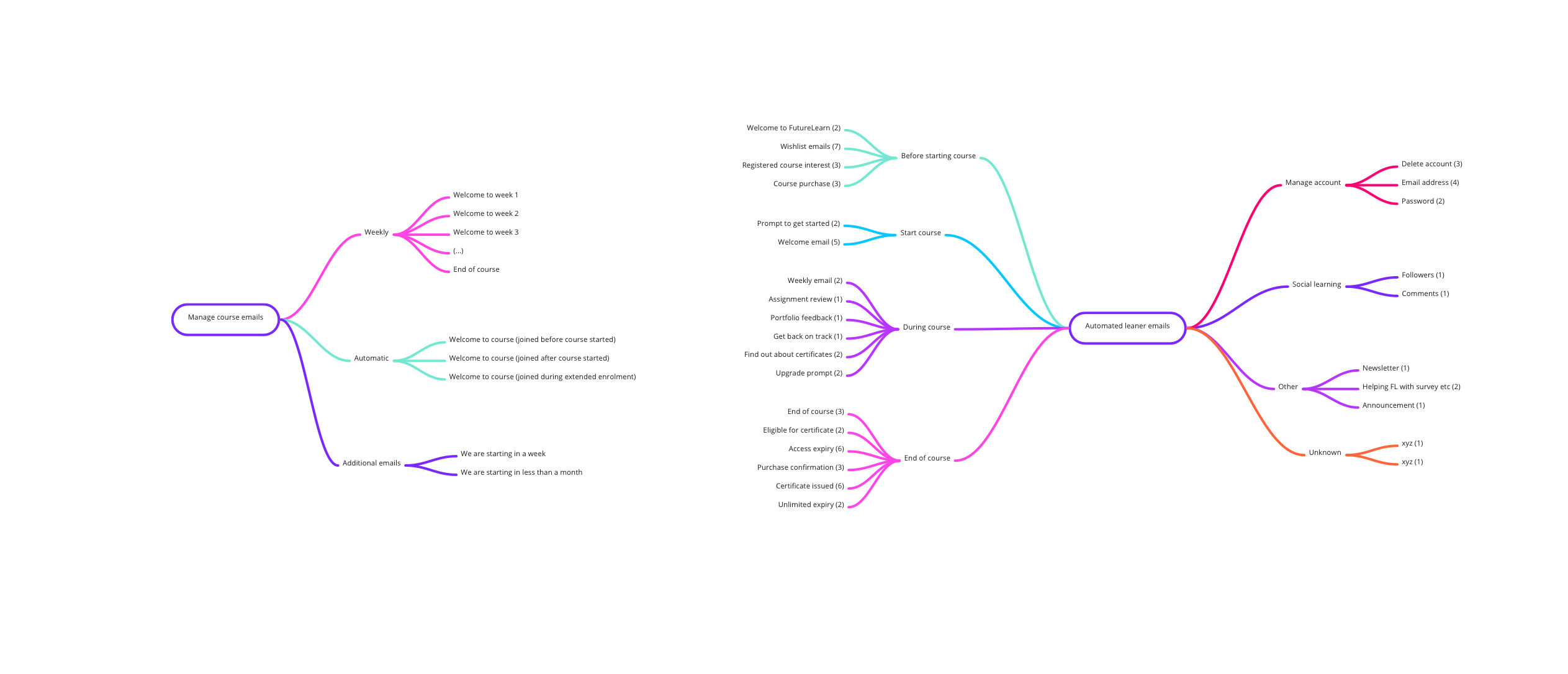

02. Analysing its content
We were then able to analyse each email given:
- its content (text and images).
- what action or event triggers the emails.
- call-to-action.
- the team originally responsible to create it.
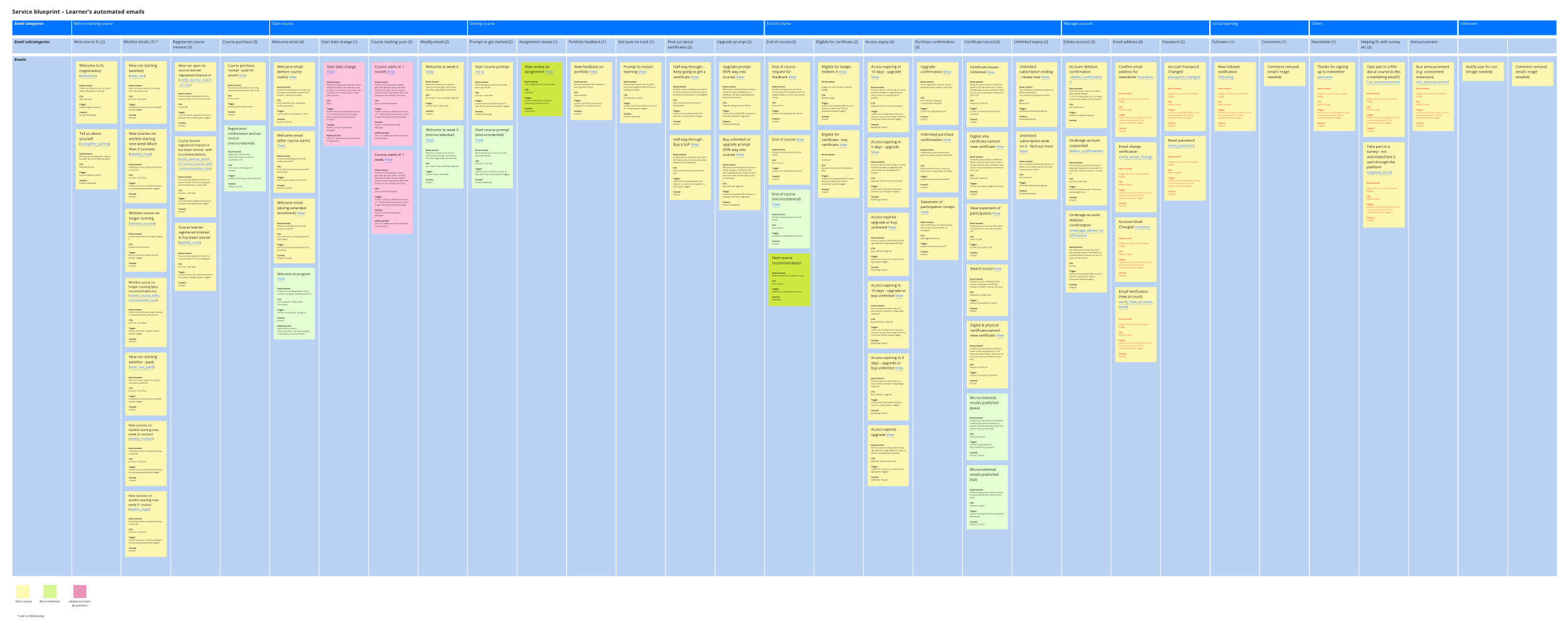

03. Customer experience mapping
The next step was to run a customer experience mapping workshop to identify the pain points and opportunities for improvement using the insights from user research.
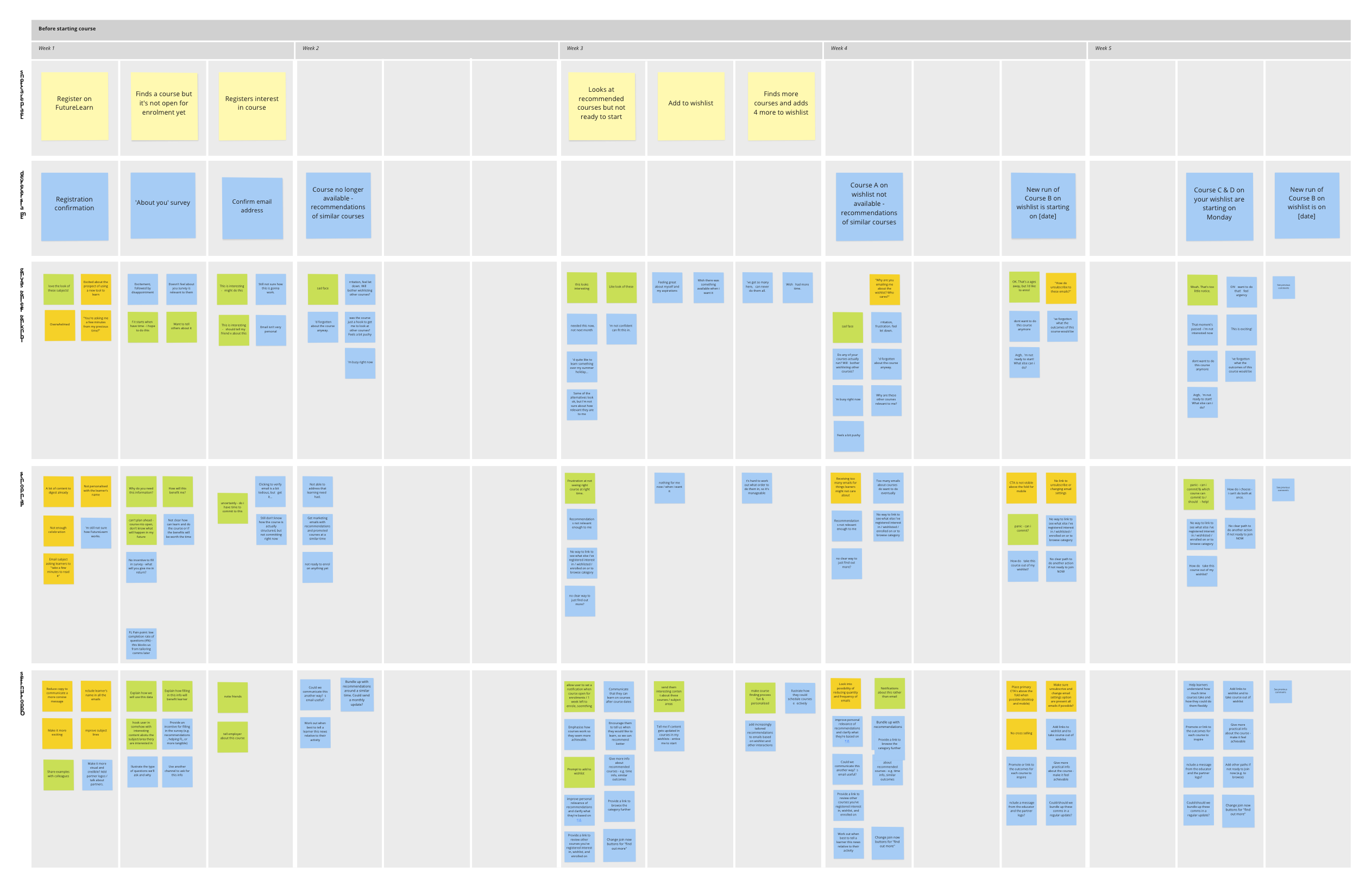

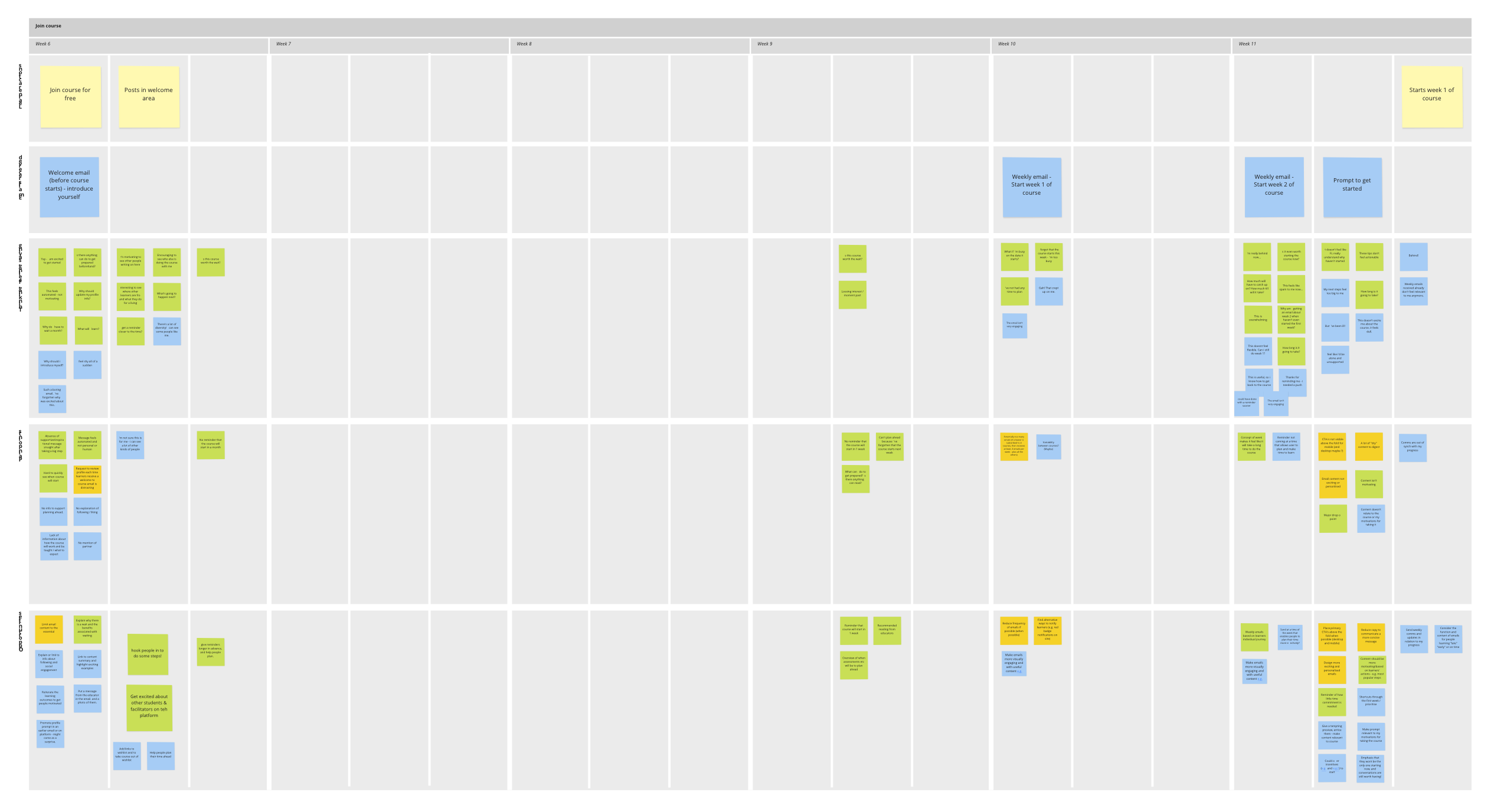

04. Reporting the insights
The final step was to aggregate all the insights, group them and create a report with actionable results to efficiently improve the email ecosystem.
Some of the key opportunities identified include:
- send emails and recommendations that are tailored to the learner's profile;
- personalise emails by including the learner's name;
- write compelling but concise subject lines;
- keep the main message and call-to-action above the fold;
- reduce copy to communicate a more concise message and reduce the cognitive load;
- advise learners about what to do next;
- increase the email engagement by creating content that is visually more exciting;
- when requesting more data, be clear about the benefits for the learner;
- emphasise how courses work so they seem more achievable;
- include messages from the educator and the partner logo;
- reiterate the learning outcomes to get people motivated;
- deliver valuable insights to keep learners engaged;
- have a more conversational tone of voice;
Check out the full report here.
